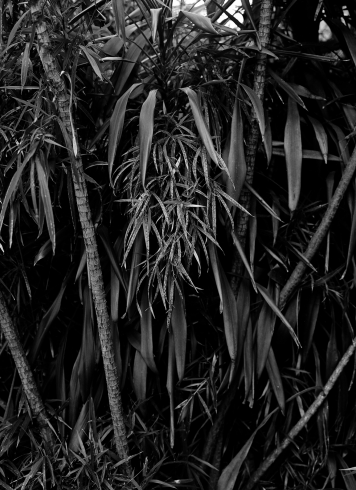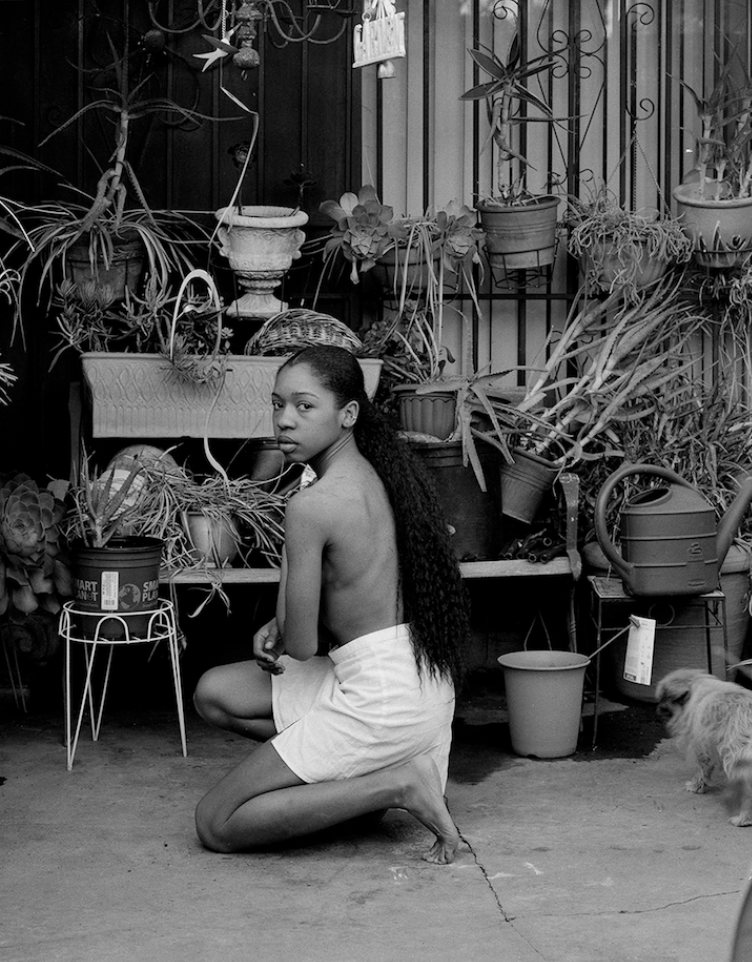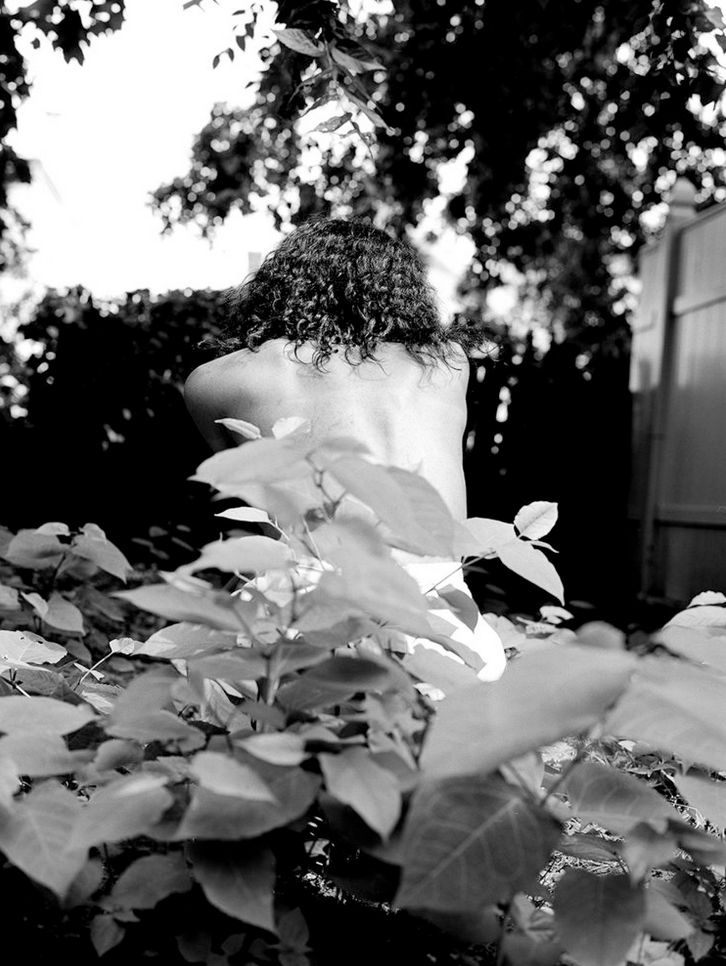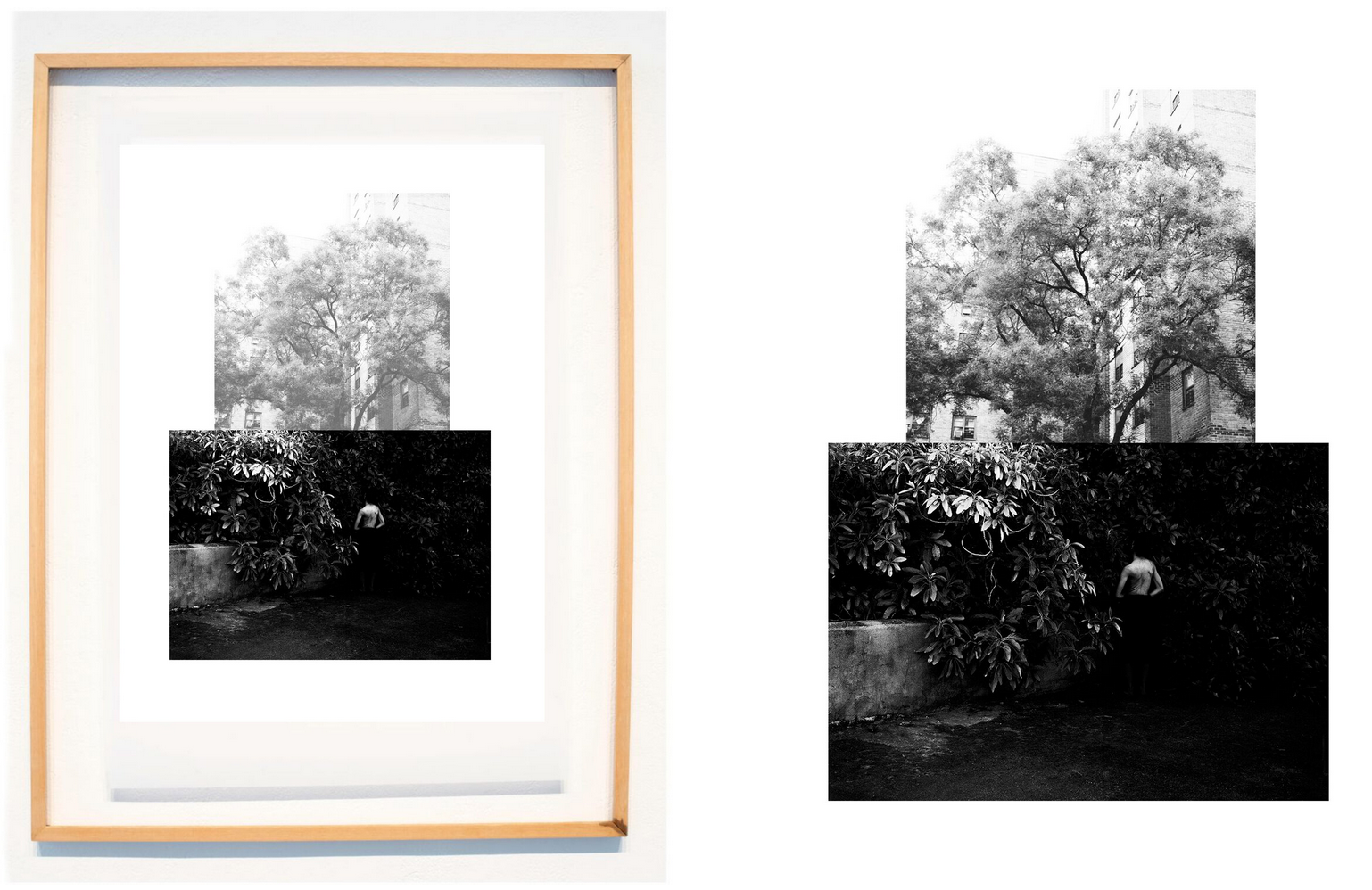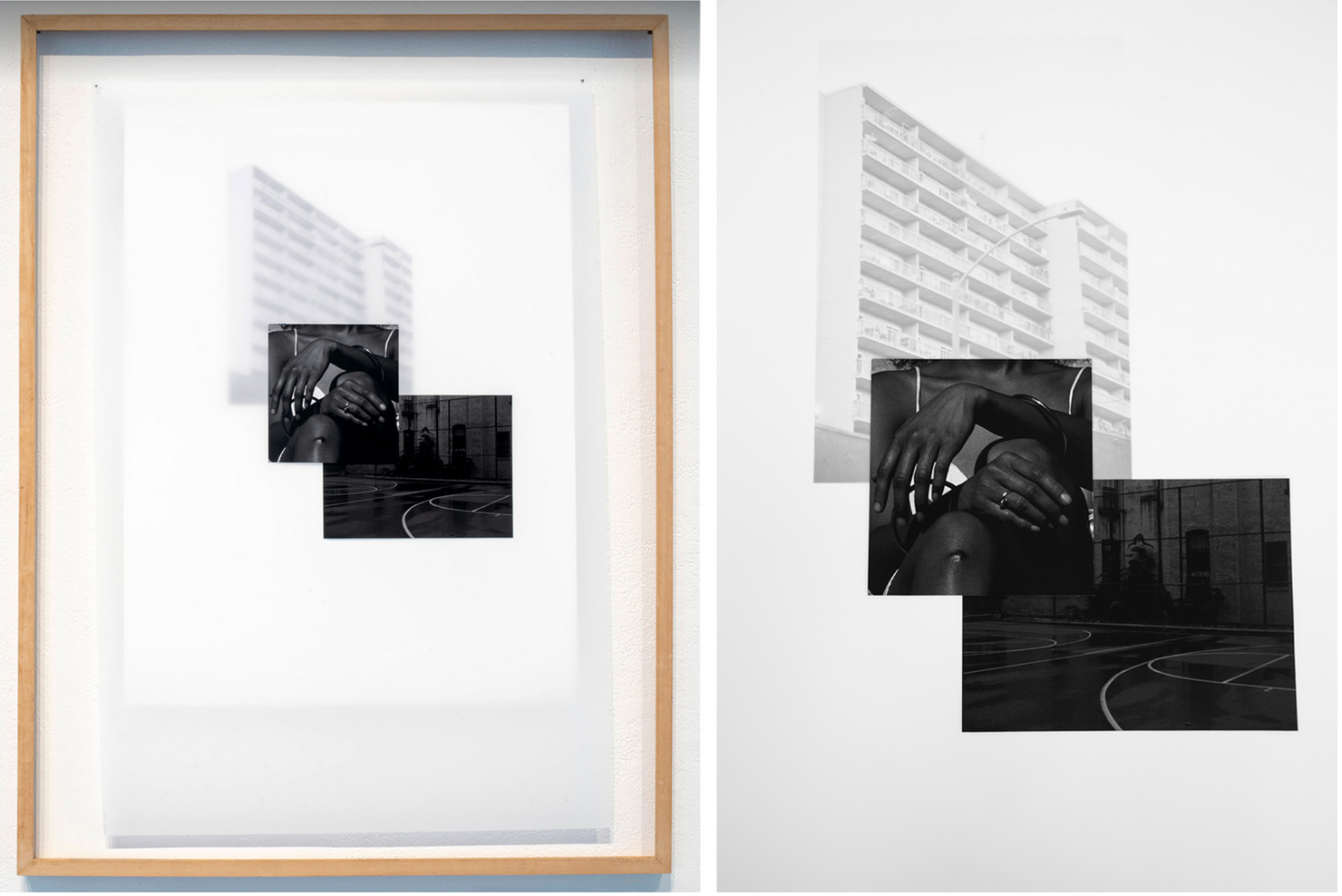Q&A: Chanell Stone
By Hamidah Glasgow | March 18, 2021
Organized by Strange Fire Collective (SFC), An Active and Urgent Telling features the work of six contemporary artists working with photography to honor the weight of lived experience through an intersectional lens. Stemming from SFC’s mission, this exhibition centers artists for whom questions of identity deeply affect their relationship to representation. The works included engage with ideas of visibility and invisibility, the reality of lives that exist outside of, or in opposition to, expected and enforced social norms, and the social and political power of speaking one’s truth. Each artist contributes nuance to a redefinition of the commonly understood fabric of difference through an active and urgent telling of their own lived experiences.
Original, in-depth interviews with each exhibiting artist will be posted on www.strangefirecollective.com during the exhibition to illuminate a more thoughtful understanding of the artists and their work. Exhibiting artists include Jennifer Ling Datchuk, Adama Delphine Fawundu, Penny Molesso, Rachelle Mozman Solano, Irene Reece, and Chanell Stone.
Chanell Stone (b. 1992, Los Angeles CA) is a photographer living and working in Oakland, CA.
Her practice focuses on challenging insular views of Blackness by expanding on narratives subject to Black erasure.
This avidity has led her to explore the Black body’s connection to the American landscape.
Chanell Stone Artist Statement
My practice is invested in challenging insular views of Blackness by expanding on narratives subject to Black erasure. This avidity has led me to explore the re-naturing of the Black body to the American landscape. Fueled by the conflicting lineage surrounding the African American legacy and nature, I am inspired o create work that highlights this longstanding connection to the land. Specificity is placed on urbanized African Americans living in dense cities and the disconnection from nature that inherently follows this lifestyle. In my practice, I am analyzing the Black body’s presence within urban forests as an effort to reclaim and reconnect to nature itself even with the confines of the human-made environment. Through a compilation of environmental self-portraits, I explore the notion of holding space within one’s environment and the nuance of what a landscape can be. Through the use of black and white analogue photography I aim to expand the canon of photography to incorporate Black bodies within the natural world.
HG: Thank you for taking the time to chat with me. Its been a pleasure getting to know you through your artist talk at The Center and showing your work in The Right To Herself exhibition.
CS: Not a problem Hamidah, I’m thankful to be a part of it all.
HG: Please tell me about your trajectory as an artist?
CS: I’m a visual artist working in photography, collage, poetry, and installation. I’ve recently moved into this interdisciplinary mode of making to bond and marry my multiple interests. Elasticity is very important to me in my practice. I am a very active artist and have shown in quite a few spaces, including Aperture Foundation, Fotografiska New York, Casemore Kirkeby, and the Center for Fine Art Photography, to name a few. A turning point for me was my solo exhibition “Natura Negra” at the Museum of the African Diaspora 2019-2020. As of right now, I’m applying to grad school and will begin a program this fall.
In Granny’s Garden
HG: Your work deals with your relationship with your family and the land. Please tell me more about that thread and how your work came to explore these themes.
CS: I am influenced by the photographs that cover the walls of my grandmothers’ homes. Many of the images are of relatives and ancestors living in rural Texas. Both of my grandmothers are great horticulturalists as well. When I was a child, I’d spend hours with them tending to their gardens. I remember being taken by this at a young age – all of which was extremely foundational for me. Growing up as a second-generation Californian, I often thought about where I come from and my origin. This natural curiosity led me to explore the Black body’s connection to the natural world and, more specifically, the urban American landscape.
In Search of a Certain Eden
HG: How has the process of completing a BFA affected your work? I know that you also plan to go to graduate school; what do you want to get out of this next step of your education and art practice?
CS: Completing my BFA at the California College of the Arts changed everything for me. My visual language shifted completely. My entry point into photography was classic portraiture and fashion photography. I photographed people well and really maximized aesthetic of everything. Through rigorous critique, exposure to new photographers weekly, deep questioning, and sequencing, I began to move past the simple "pretty picture" into image-making that held layered meaning. It was during this time that I turned the lens on myself and away from photographing others. Safe to say it stuck! I'm excited to try out new mediums, experiment, and work out new ideas in grad school. Nevertheless, photo will always be my anchor point.
HG: You have chosen to shoot in black and white and on film. I'd like to hear more about those choices and how they inform the work?
CS: I love the non-linear timelessness of black and white. It frees them, so the images aren't bound to a specific era. It could be 2021 or 1970 etc., and because of that, they can be in conversation with the 'great forefathers' of photography that defined the canon. On a compositional level I enjoy being able to scale down and control the focus of the picture without being distracted by color. What's funny about all this is the fact that at one point, I was annoyed with black and white and thought it was restrictive – that's something that changed during undergrad as well.
HG: Chanell, in your work of tracing family history with relationship to the land, you've entered into a lengthy historical conversation that urgently needs your version of this telling. Your work's use of figure and nature overlaps, underscores, and discovers female figures in the landscape where she is the point. This reclamation of belonging is informed by your choices of geography and how they are informed by history. I'd like to hear more about this complex layering of history and the female figure. ( this is the question that I asked in the presentation that we did)
CS: Absolutely – this is an excellent question. When we strip it down to the bare bones of humankind's history, Black women are the predecessor of all life – point-blank. Yet, in this current day and age, Black women are the most oppressed & disenfranchised by the heels of the patriarchy. When we look at the American landscape, Black people as a whole are often written out of this history aside from the narrative of slavery. I'm working to combat this aspect of Black erasure by putting myself at the forefront as a Black woman. It's a nod to my own matrilineal histories as well as the matriarchal legacies within African Diaspora. By putting myself in the middle of the frame, the viewer is forced to see and contend with me. They are forced to see me, a Black woman, in a medium that has historically tried to erase us as Black people. I use myself as a conduit for these stories to come through me and as a means to represent something bigger than myself. The geographies are important because they follow the migratory patterns of the Great Migration. I made this work in Brooklyn, Oakland, and Los Angeles – each of these cities are epicenters of Black History that are coincidentally all being gentrified simultaneously. In this way, my photos are also a tool for conservation and resistance. I plan to continue this work in the American south which for many Black Americans is our: Africa & Eden – meaning, the closest thing we have to knowing where we come from. I'm most excited to retrace the hometowns where my grandparents were born in the American South before migrating to the West during the Jim Crow era.
HG: How has the pandemic affected your work and your process?
CS: I live in Oakland, CA, and on March 16th, 2020, the Bay Area shut down completely. A week later, I was laid off from my job at a local bakery and had to figure out how I would survive with only $300 to my name. I’m a single working-class Black woman that doesn’t come from a middle-class family or have outside fiscal support. It’s important to preface my response to this question in this way because so many people gloss over the traumatizing reality many working-class folks like me endured last year. I was literally faced with the ultimatum: buy groceries or scramble to pay a quarter of my rent. I remember the chronic migraines and tears shed while sitting in the parking lot of a grocery store – wondering how I would survive this. If it weren’t for close friendships, I would’ve been homeless. That is something I will never forget.
Being in lockdown/ unemployed in the most expensive city in the nation meant I didn’t have the luxury of zoom parties or work from home. That being said, the pandemic propelled me full throttle into being a full-time working artist. I took a step back from making images to making “it.” I applied to numerous artist grants & crowd-sourced donations from Instagram just to keep afloat. A fire was lit under me stronger than ever, and I applied to artistic opportunities I would’ve otherwise been too afraid to apply to. Much to my surprise, many seeds took root and blossomed over the course of one year since covid-19. I’m in a much better position now than I’ve ever been in my entire life. I think it is ridiculous that it took a pandemic for endless grant money to appear in the arts; that money should’ve always been accessible to artists. Nonetheless, I’m incredibly fortunate to have survived 2020 economically, mentally, and physically. I work daily to recover from the triple threat of last year: the virus, economic downturn, and the social uprisings following the lynchings of innocent Black Americans.
A whole year later, I’m finally in a place to make work again.
HG: Thank you for sharing your experience in such a vulnerable way. It's thrilling that you have come out the other side and are thriving. Congratulations!
HG: What are you working on now?
CS: I am working on re-envisioning my familial archive through collage and writing. I inherited a hefty photographic archive by way of my grandmother and have taken on the meticulous task of digitally archiving these photographs. I analyze each photo to parse out subtle details and signifiers that point to our Southern ancestry and assimilation into California living. This labor of love is at the forefront of my practice right now.
HG: Thank you for taking the time to chat with me!
CS: Thank you!
All images © Chanell Stone


